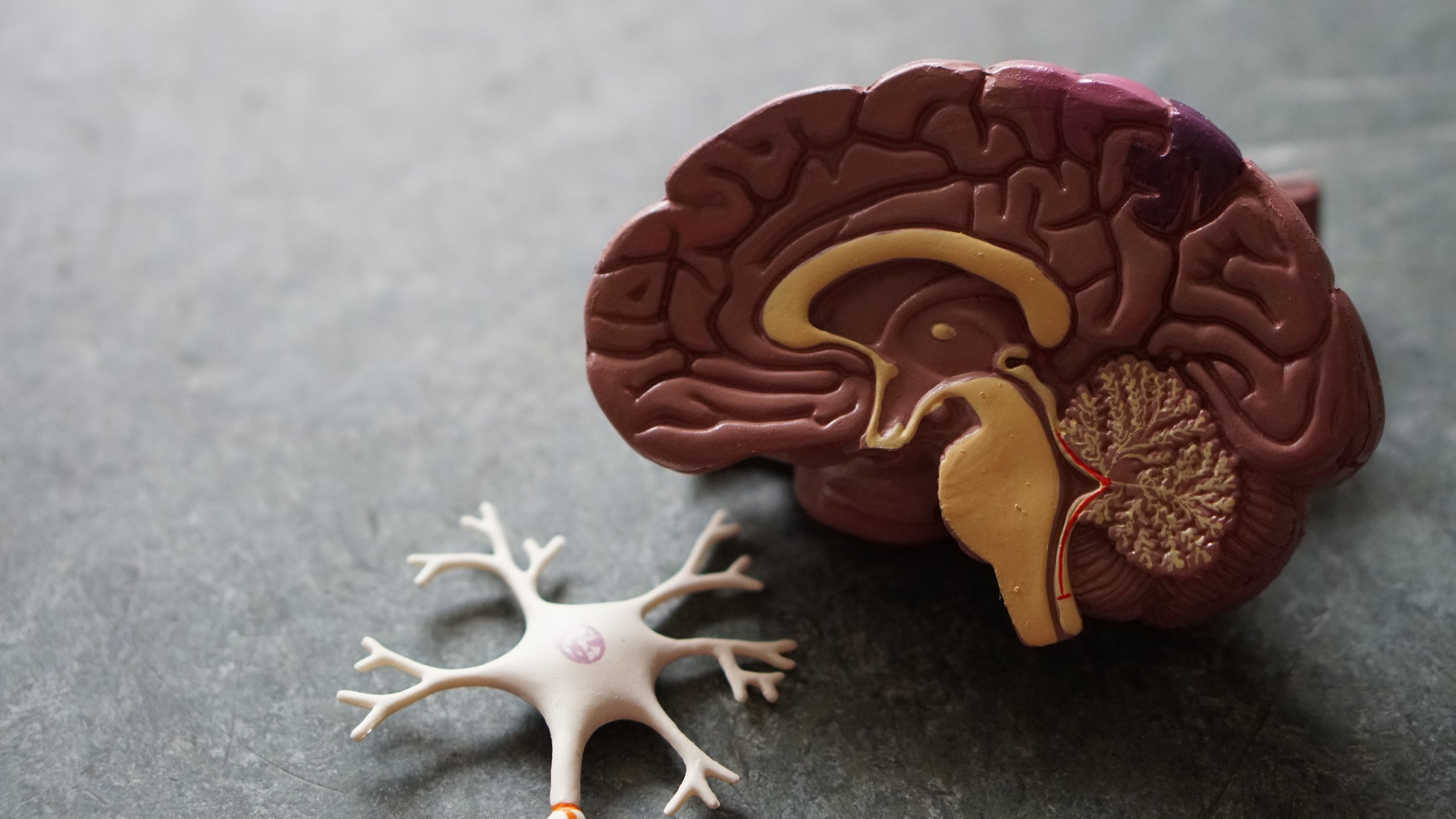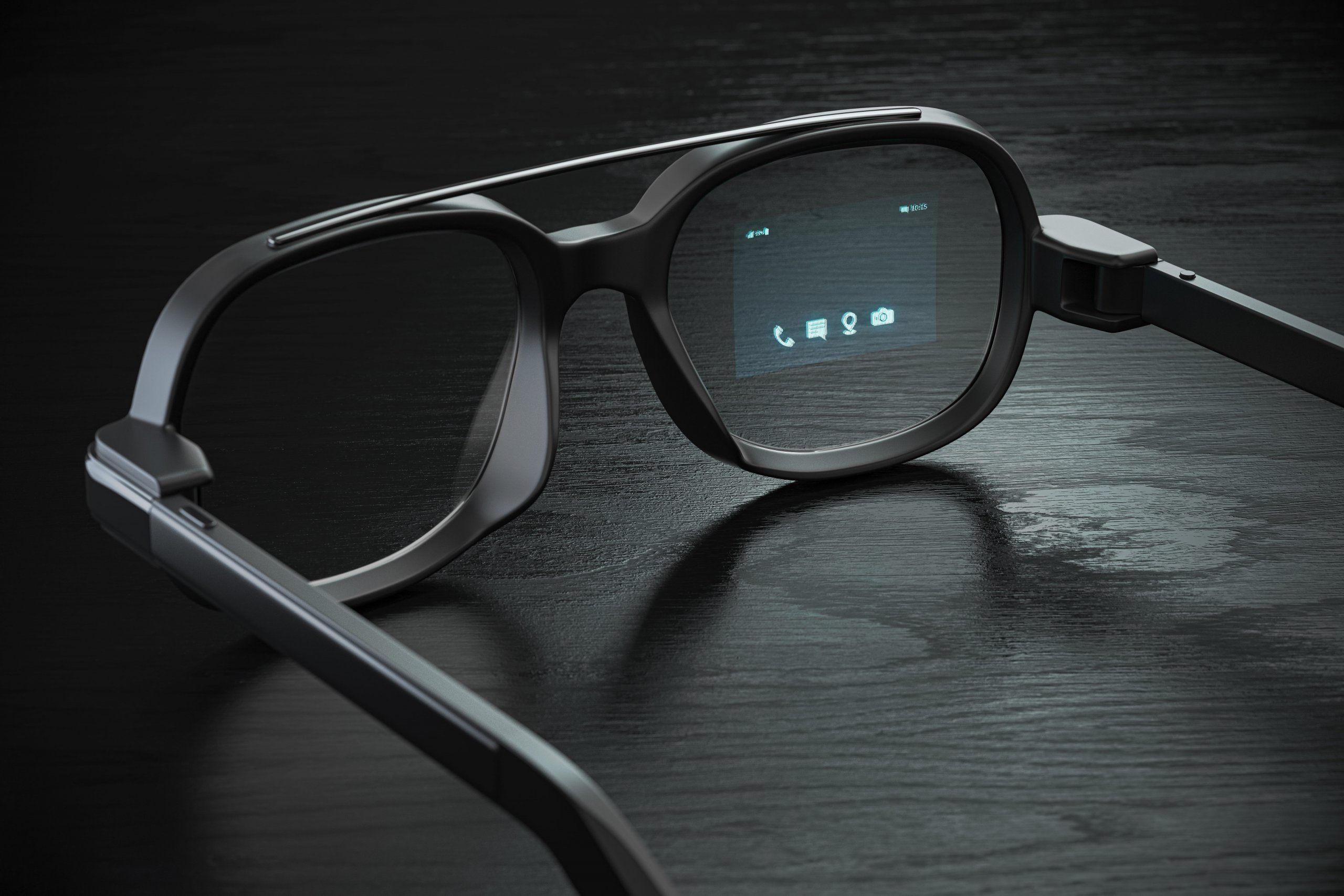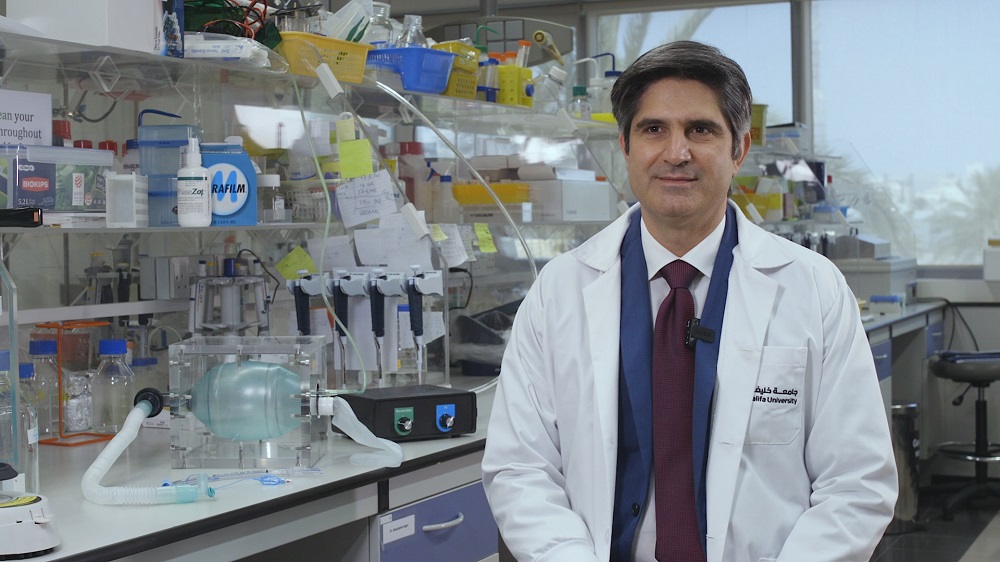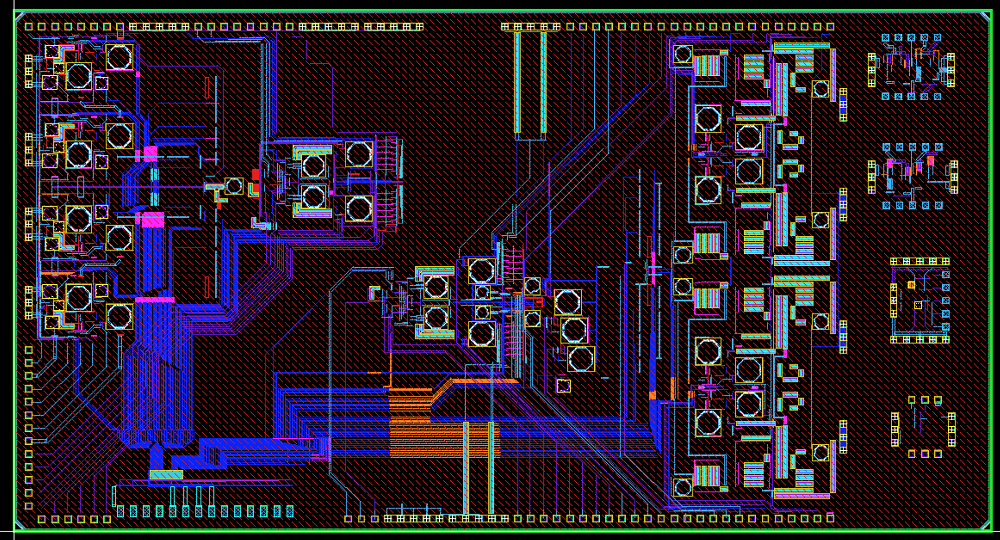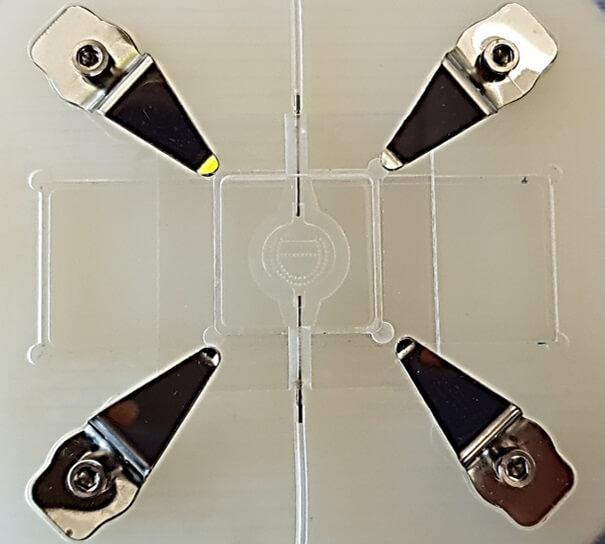
KU Researchers Develop Lymph Node-on-Chip Device on Which to Test New Drugs and Accelerate Development of Effective Pharmaceuticals
Ever since life started, people have been in constant battle with disease. New drugs are introduced to combat pathogens and disease-causing agents, but getting regulatory approval is not easy; it is time consuming, costly and highly dependent on animal models.
For a drug to be approved by the US Food and Drug Administration (FDA), it must pass the preclinical evaluation phase — involving in vitro testing as well as in vivo animal testing — and then the clinical evaluation phase which requires controlled drug administration on human subjects. Developing new drugs is a lengthy and expensive process, sometimes taking decades and costing upwards of USD1.7 billion. Unfortunately, many promising medications fail during clinical evaluations, mainly due to a lack of understanding of immunotoxicity – how these foreign substances interact with the human immune system.
The immune system’s main function is to protect the body from diseases through the recognition and clearance of pathogens (viruses and bacteria) and infected or cancerous cells. The corollary is the recognition of self- and environmental antigens (food, airborne particles, etc.) as non-harmful: this is immune-tolerance. In a perfect world, the immune system performs these two roles perfectly: immune homeostasis. But when the immune system is overwhelmed, infections and diseases can occur. On the other hand, poor immune tolerance can be translated into allergic reaction or auto-immune disease. The immune system is extremely complex and being able to predict how a proposed drug may affect the immune system would translate to better performance during clinical trials.
Aya Zaki Shanti, MSc by Research in Engineering student, with support from Dr. Cesare Stefanini, Director of the Healthcare Engineering Innovation Group, and Dr. Jeremy Teo, Assistant Professor of Mechanical Engineering at New York University-Abu Dhabi, has developed a platform to help predict and filter out poor drug candidates at an early stage in drug development and guarantee better performance during clinical trials, ultimately helping to bring more effective medications to the market.

“In the development of novel pharmaceutics and cell-mediated therapeutics, the immune system has to be carefully considered as part of the response mechanism or as a potential collateral for drug toxicity,” explained Shanti. “To reduce the attrition of such developments, the interaction of immune cells with drugs and/or with other cell types should be mechanistically investigated.
“As the lymph node is the integrating center for immune cells, whereby the body invokes immune responses against foreign substances, it is an ideal site for the study of drug interaction with biological components.”
Lymph nodes are widely present throughout the body and are linked by the lymphatic vessels as a part of the circulatory system. They act as filters for foreign particles and cancer cells, and contain lymphocytes, a type of white blood cell, which includes B cells and T cells. B cells produce antibodies, which circulate throughout the bloodstream, bind to a predetermined antigen, and stimulate an immune response. T cells control and shape the immune response by providing a variety of functions including immune-mediated cell death. The B cells identify the target; the T cells swoop in and respond.
The technology developed by Shanti is a lab-on-chip device that recreates the human lymph node and allows investigation into cell-to-cell interactions and downstream immunological responses. Using this platform, information can be gleaned about the likely immunotoxicity of newly developed drugs.
“We have developed a novel microfluidic platform replicating the lymph node microenvironment to facilitate biological investigations of immune cellular kinetics, cell-to-cell interactions, and sampling,” said Shanti. “We recreated the biological scaffold and reintroduced the cellular residents in an in vivo-like distribution into the device.”
Current drug development practices lack the reliable and sensitive techniques required to evaluate the immunotoxicity of drug candidates, and organ-on-chip devices have emerged as key tools to aid in this in a physiologically relevant manner. But the recreation of a lymph node in vitro is not an easy task, primarily because of its complex architecture and internal structure.
“Our lymph node-on-chip incorporates key features of the human lymph node, namely the compartmentalization of immune cells within distinct structural domains and the replication of lymphatic fluid flow pattern,” explained Shanti. “Our device supports 3D cell culture in biomimetic matrices and sustains high rates of cell viability over the typical timeframe of immunotoxicity experiments.”
While lymph node-on-chip devices already exist, few have been used to assess the lymph node’s ability to identify pathogens and fight infections, which is of vital importance to drug development.
“The ultimate goal of this platform is to enable investigations into the effects of pharmaceutics to downstream immunology in a more physiologically relevant microenvironment,” explained Shanti. “Thus, contributing to increased safety, lowered cost, and shorter cycles for drug development.”
Shanti published a review of in-vitro immune organs-on-chip for drug development in Pharmaceutics in December 2018. Her work is helping shape drug development practice in evaluating the immunotoxicity of drug candidates and contributing to reducing the current high attrition rate in clinical trials.
A patent has been filed for Shanti’s lymph node-on-chip and the project has been awarded the Abu Dhabi Technology Innovation Pioneers Healthcare Award 2018, with the paper winning Best Paper (Engineering) at the UAE Graduate Research Conference 2019 held at Zayed University.
Jade Sterling
News and Features Writer
28 August 2019


